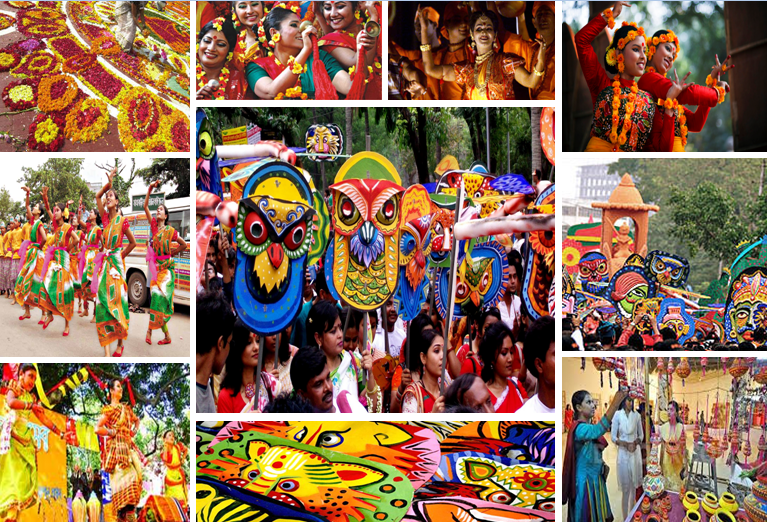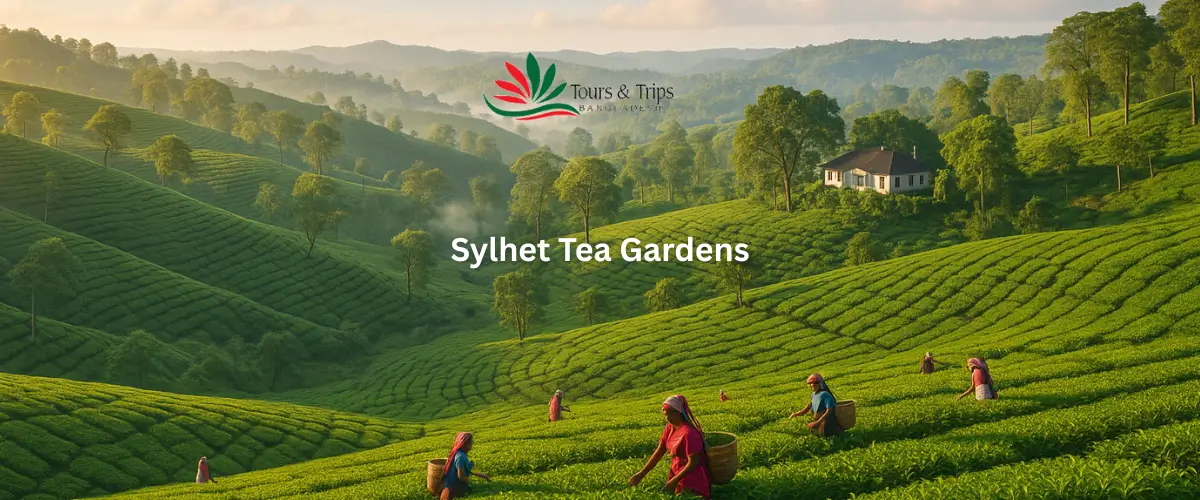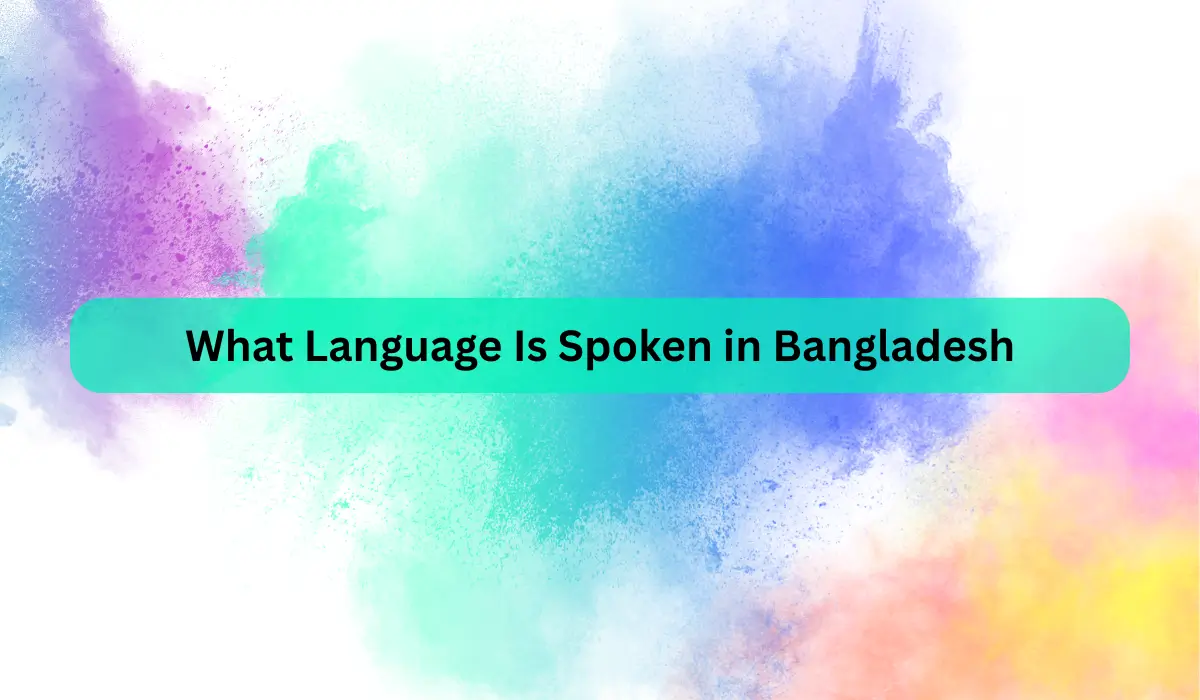Bangladesh comes alive with color, music, and tradition during Noboborsho, the Bengali New Year that marks the beginning of the solar calendar. This annual celebration is not just a festival, but a profound expression of cultural identity, resilience, and hope for Bangladeshis across the nation and around the world.
The Cultural Significance of Noboborsho
Noboborsho, celebrated on the 14th of April (15th in leap years), represents more than just a change of calendar. It is a testament to the rich cultural heritage of Bengal, deeply rooted in agricultural traditions and the rhythms of nature. The festival coincides with the end of the Bengali month of Chaitra and the start of Boishakh, symbolizing renewal, prosperity, and the arrival of spring.
Historical Roots
The origins of Noboborsho can be traced back to the Mughal period, specifically during the reign of Emperor Akbar. The solar calendar was introduced to simplify tax collection and align with agricultural cycles. Over centuries, this practical administrative tool transformed into a vibrant cultural celebration that transcends religious and regional boundaries.
Celebrating Noboborsho: Traditions and Customs
Pohela Boishakh: The First Day of Celebration
The heart of Noboborsho is Pohela Boishakh, a day filled with elaborate festivities and time-honored traditions:
- Traditional Attire: Bengalis dress in their finest traditional clothing. Women wear white and red sarees, while men don panjabi and fotua, symbolizing cultural pride and unity.
- Mangal Shobhajatra: A UNESCO-recognized cultural procession that showcases artistic floats, masks, and performances representing themes of harmony, resistance, and cultural resilience.
- Community Gatherings: Street festivals, music concerts, and communal meals bring people together, reinforcing social bonds and collective identity.
Culinary Delights
Food plays a central role in Noboborsho celebrations:
- Panta Ilish: A traditional breakfast of fermented rice and hilsa fish, representing the culinary heritage of Bengal.
- Sweet Treats: Special desserts like payesh (rice pudding) and various traditional sweets are prepared and shared among family and friends.
Economic and Cultural Impact
Noboborsho is more than a cultural festival; it’s an economic and social phenomenon:
- Boishakh Fair: Local markets and handicraft exhibitions showcase traditional arts, crafts, and agricultural products.
- Cultural Renaissance: The festival promotes Bengali language, art, and traditions, particularly among younger generations.
- Economic Boost: Local businesses, artisans, and performers experience increased activity during the festival period.
Modern Celebrations and Global Reach
While rooted in tradition, Noboborsho has evolved to embrace modern sensibilities:
- Urban Celebrations: Cities like Dhaka host large-scale events blending traditional and contemporary cultural expressions.
- Diaspora Connections: Bangladeshi communities worldwide organize Noboborsho events, maintaining cultural connections.
- Digital Engagement: Social media and online platforms help spread awareness and connect people across geographical boundaries.
Sustainability and Cultural Preservation
Recent Noboborsho celebrations have increasingly focused on:
- Environmental awareness
- Promoting local crafts and sustainable practices
- Preserving traditional art forms
- Encouraging cultural education among youth
Conclusion: A Living Tradition
Noboborsho is not just a day, but a living, breathing cultural experience that reflects the spirit of Bangladesh. It represents hope, renewal, and the enduring strength of Bengali culture—a celebration that continues to inspire and unite people across generations and geographies.
Key Takeaways
- Celebrated on April 14th
- Marks the start of the Bengali solar calendar
- Represents cultural identity and renewal
- Includes traditional dress, processions, and community celebrations
- Recognized internationally as a significant cultural event
As Bangladesh moves forward, Noboborsho remains a powerful reminder of its rich cultural heritage and the vibrant spirit of its people.











Comments